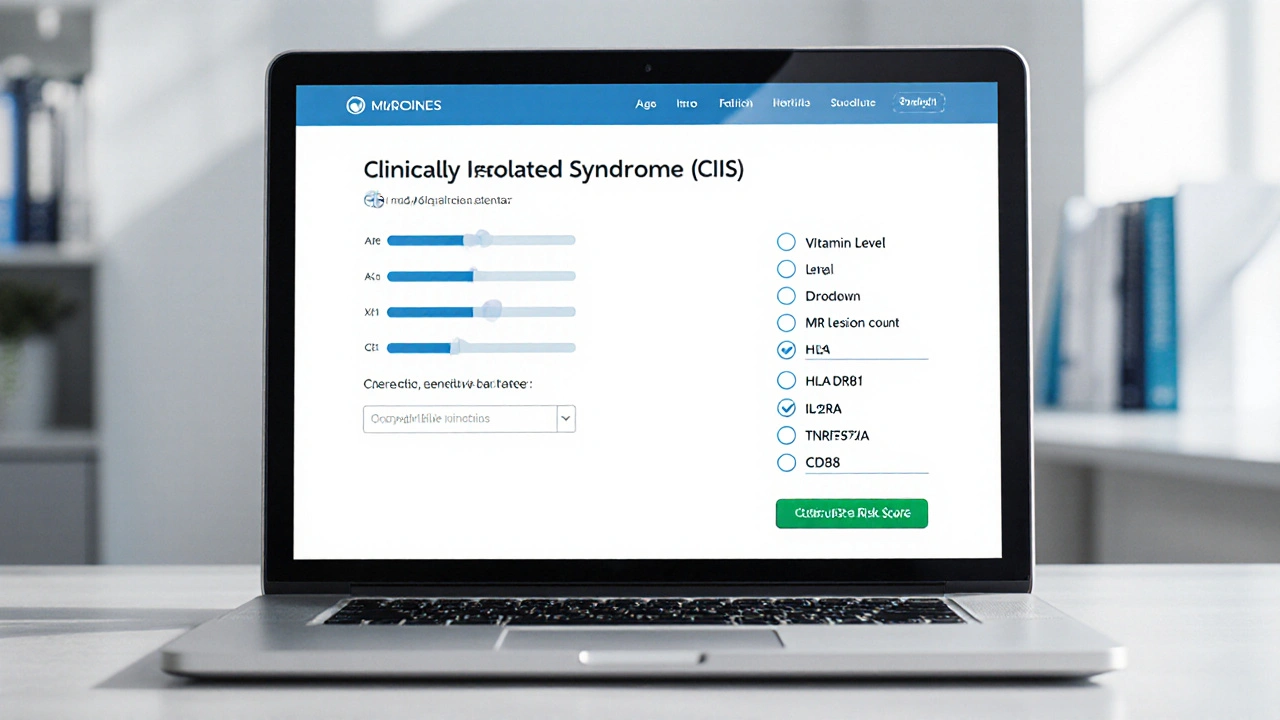Hereditary Health: What You Need to Know
When a condition runs in your family, it’s natural to wonder why. The short answer is genetics – the tiny code inside every cell that decides how your body grows and works. Understanding that code can help you see which health issues you might inherit and what you can do about them.
Most hereditary conditions follow a simple pattern: a parent passes a gene variant to a child, and that variant can raise the chance of developing a disease. Some traits, like eye color, are harmless. Others, like cystic fibrosis or certain heart problems, can have serious consequences. Knowing the difference helps you plan better.
How Genetics Influence Your Health
Genes act like instruction manuals. If a manual has a typo, the resulting product may not function correctly. In the body, those typos can show up as higher blood pressure, weakened immune response, or abnormal protein buildup. For example, a single gene change in the BRCA1 or BRCA2 genes can dramatically increase the risk of breast and ovarian cancer.
Not every inherited trait shows up in childhood. Some appear later in life, like Huntington’s disease, which often emerges in the 30s or 40s. Others, such as hereditary hemochromatosis, may stay hidden until iron overload causes organ damage. That’s why a family health history is a valuable tool – it gives clues about which genes might be lurking in your DNA.
It’s also important to remember that genetics isn’t destiny. Lifestyle, environment, and medical care interact with your genes. A person with a genetic predisposition to type 2 diabetes can lower their risk by staying active, eating a balanced diet, and monitoring blood sugar levels. In many cases, you can offset genetic risk with smart choices.
Practical Steps to Manage Hereditary Risks
First, gather information. Talk to relatives about any diagnosed conditions, ages of onset, and treatments they used. Write down the details and bring them to your doctor. A concise family tree can guide genetic testing decisions.
If a test is recommended, choose a reputable lab. Many labs now offer panels that screen for dozens of genes at once. While the cost can vary, insurance often covers tests when a clear family pattern exists.
Second, adopt preventive habits. Regular screenings – such as mammograms, colonoscopies, or heart echo tests – catch problems early when they’re easiest to treat. Even if you have no symptoms, a doctor may suggest earlier or more frequent checks based on your genetic risk.
Third, consider lifestyle tweaks. For inherited cholesterol issues, a low‑saturated‑fat diet and daily exercise can keep numbers in check. If you carry a gene linked to blood clotting, staying hydrated and moving after long trips reduces danger.
Lastly, lean on support. Patient groups, online forums, and genetic counselors provide emotional help and practical advice. Sharing experiences with others facing the same hereditary condition can make the journey less isolating.
In short, hereditary health isn’t a mystery you have to accept blindly. By learning your family’s medical story, using modern testing wisely, and making proactive health choices, you can lower your risk and stay ahead of potential problems. Keep the conversation open with your loved ones and your doctor – that’s the smartest move anyone can make when genetics are part of the equation.
Clinically Isolated Syndrome & Genetics: What You Need to Know
by Prudence Bateson Oct 2 2025 11 Neurological HealthExplore how genetics influence Clinically Isolated Syndrome, its conversion to multiple sclerosis, and what testing, lifestyle changes, and early treatment can mean for patients.
READ MORE
